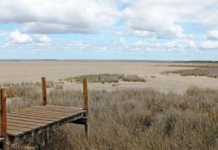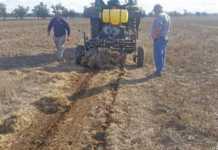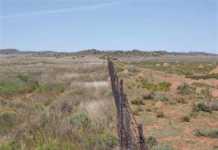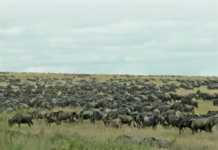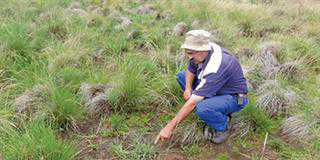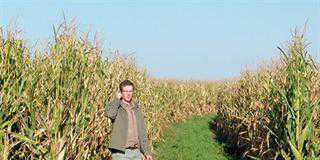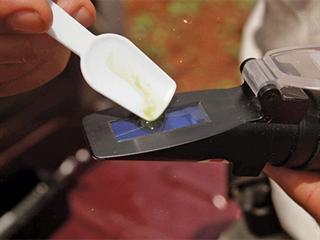
How many farmers monitor the mineral status of the silage, hay and pasture forage their animals ingest? Far too few! Currently, the emphasis is on quantity. This is a serious mistake, because livestock productivity – and ultimately, profitability – is greatly influenced by the quality of forage. A quick and easy way to gauge this quality is to use a refractometer that measures the Brix value of the sap squeezed from silage or from growing plants before they are grazed or turned into hay.
Brix is used mainly by sugarcane and fruit farmers to measure the sugar content of plant and fruit sap but it is actually an indication of soluble solids; the more minerals a plant takes up, the higher the Brix reading. This means that the Brix reading is a useful indicator of the nutritive value of the plant. A refractometer is thus a useful tool in the production of nutrient-dense and energy-rich forages, as it enables you to differentiate between the good and the bad.
Another important aspect of producing quality forage is that the soil must be able to supply all the necessary minerals required by forage plants. What happens when just one mineral is in short supply? Let’s take copper as an example.
Low copper levels, poor wool
In Soil, Grass & Cancer, André Voisin explains what happens when the soil cannot supply pasture plants with sufficient copper, and how this affects sheep. In short, the wool loses its crimp and strength. The lack of copper corrupts the biochemical processes necessary for the formation of wool proteins in the fibre cells – and imperfect proteins are produced.
“This illustrates how unhealthy soil can produce in the animal or in man an unhealthy protein,” says Voisin. He goes on to explain that if farming practices are detrimental to the soil’s mineral status, they will create conditions conducive to the production of proteins of a ‘pathological character’, meaning that plant cells become more vulnerable to bacterial and viral infections.
The point is that when soil has insufficient levels of copper, the production of quality forage can be seriously disrupted. And feeding copper to animals that have been given forage grown on copper-deficient soils is not the answer. It is true that in some instances, such as in extensive grazing regions, it is not economically feasible to correct soil copper levels. The only way to do it is to feed copper in a lick. Fortunately, animals respond well to being fed copper, but this is not true of all minerals.
Low copper, less milk
As can be expected from the aforegoing, milk protein metabolism can also be adversely affected by a shortage of copper in forage. Research conducted in the Netherlands revealed that forage low in copper reduced milk production by four to six litres per cow, per day!
Dairy farmers in the KwaZulu-Natal Midlands should take note of the fact that soil copper levels are inherently low in this region. Bear in mind that supplementing copper in the dairy concentrate ration can be effective in restoring milk production, but it will be much more expensive. However, the problem does not just lie in the cost of copper. Lower quality forage affects the milk-producing potential of dairy cows, and supplementing forage with concentrates is a costly alternative.
The solution is to feed the soil to feed the plant and the animal. Copper that is taken up by the forage plant results in better plant and animal production. On the other hand, shortcuts that bypass the plant are invariably more costly in the long run.
John Fair is a leading expert on pastures. He heads up Fair’s Biofarm Assist, and can be contacted on 058 622 3585 or [email protected].

